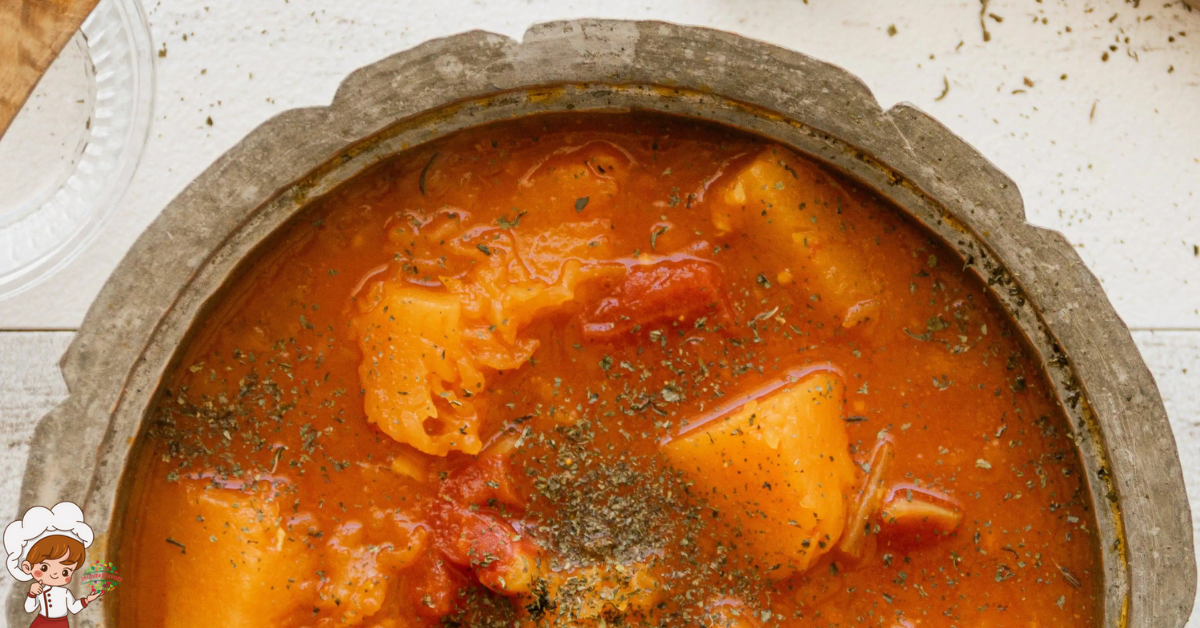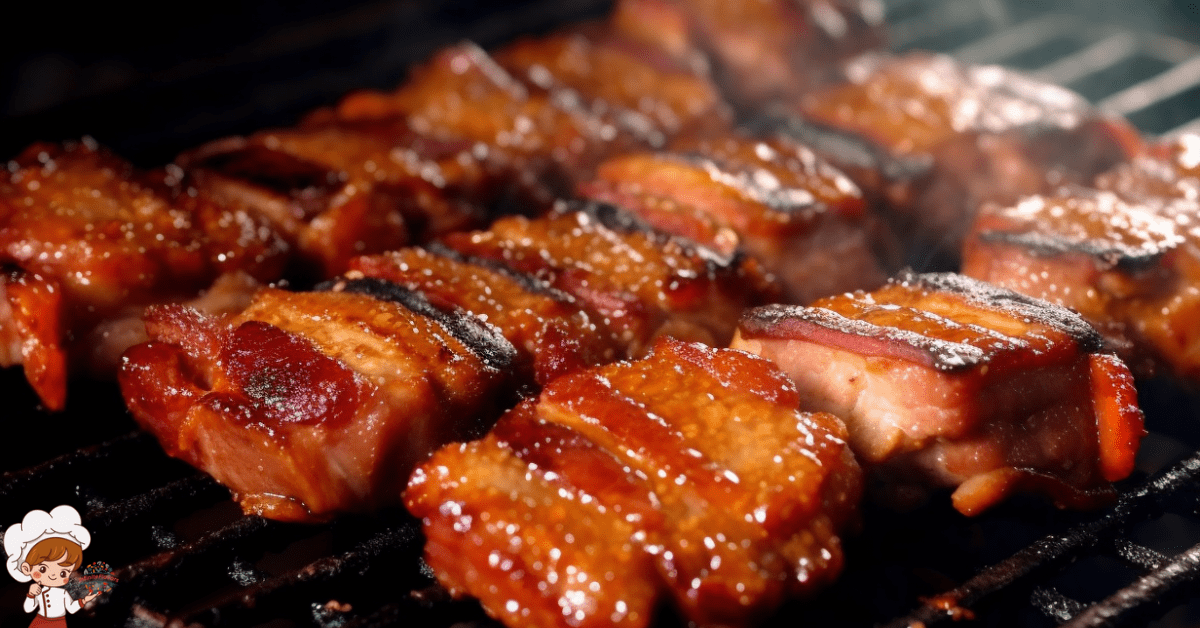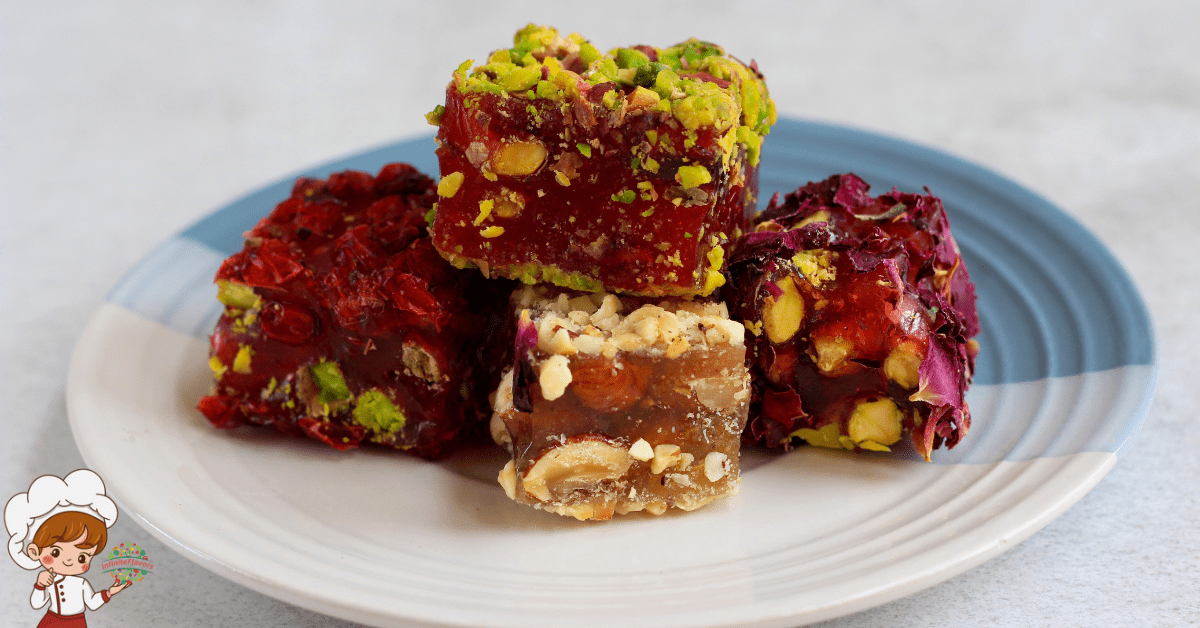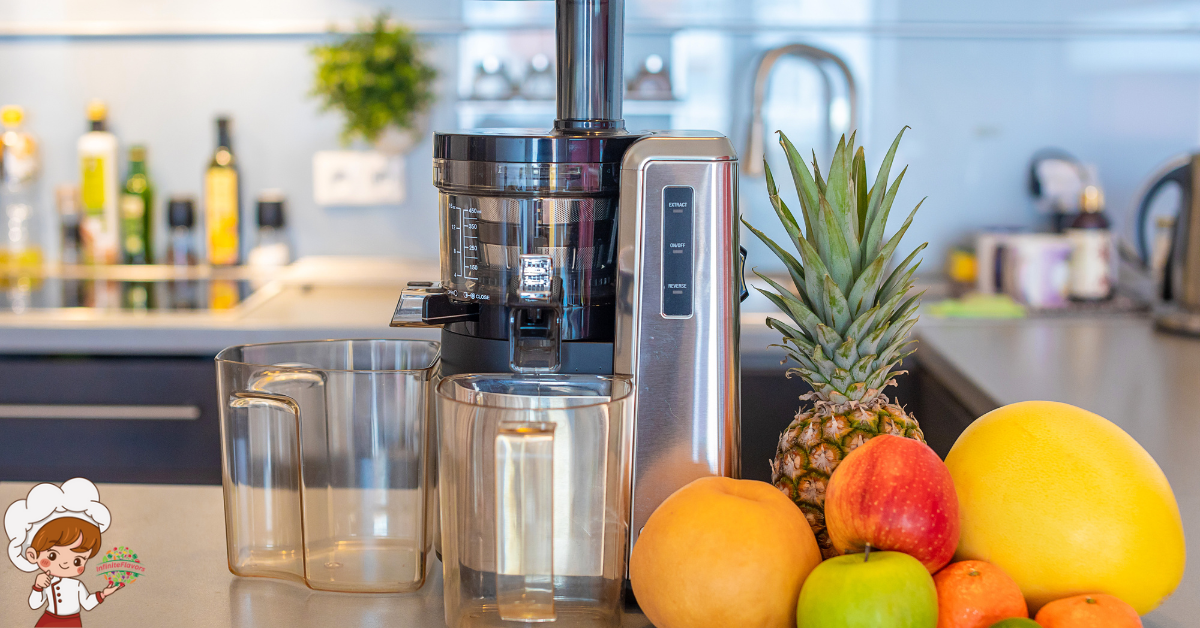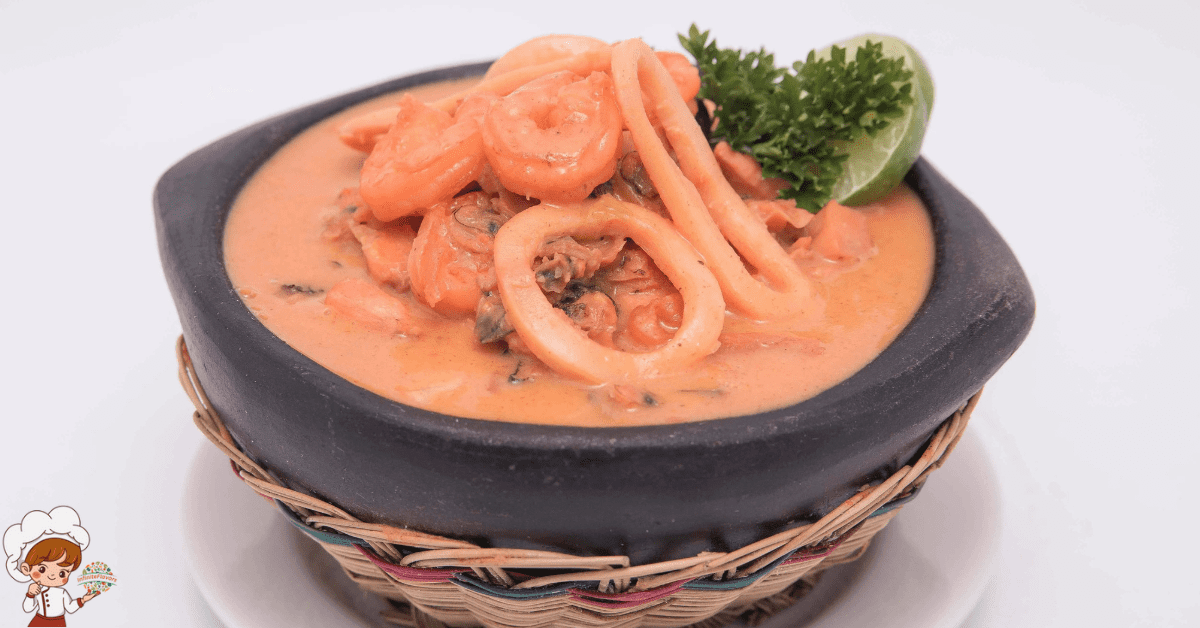Amazing Healthy Korean Food Options For Weight Loss
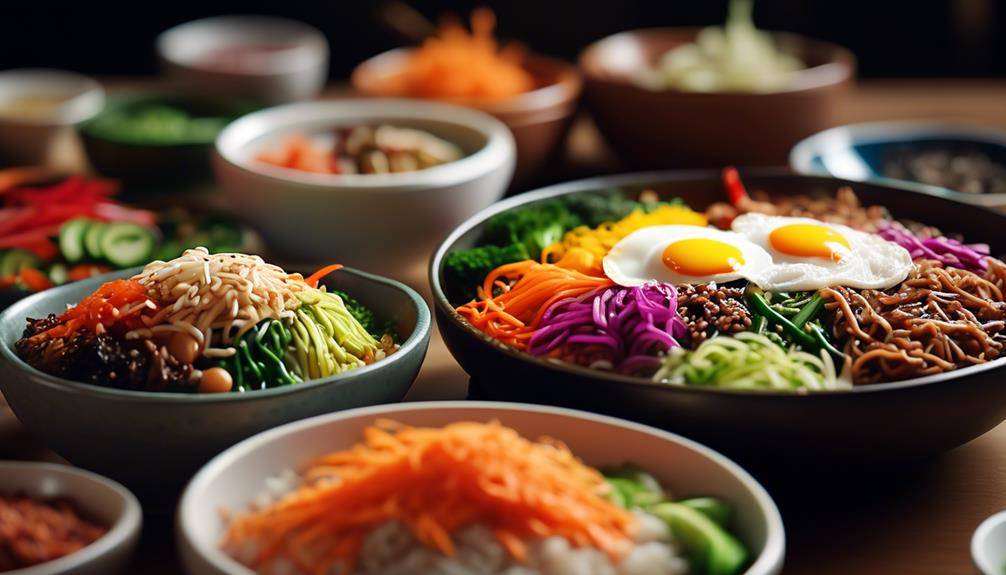
Amazing Healthy Korean Food Options For Weight Loss; They say, “You are what you eat.” If you’re on a quest to shed some pounds and adopt a healthier lifestyle, exploring the world of Korean cuisine might just be the answer you’ve been looking for. With its rich flavors and emphasis on fresh ingredients, Korean food offers a wide range of options that are not only delicious but also conducive to weight loss. From grilled meats to seafood delights, soups and stews to fermented foods, there is something for everyone. But that’s not all – there’s a secret ingredient that makes Korean cuisine even more appealing for those watching their waistlines. Stay tuned to find out more.
Grilled Meats
When trying to lose weight, grilled meats can be a delicious and healthy option for incorporating protein into your diet. Grilling meats not only adds a smoky flavor, but it also allows excess fat to drip away, reducing the overall calorie content of the dish. To further enhance the taste and nutritional value of grilled meats, you can use marinades that are low in calories and high in flavor.
Grilled meat marinades can be made using a variety of ingredients such as herbs, spices, citrus juices, and vinegar. These marinades not only add flavor to the meat but also help tenderize it. To keep your grilled meats healthy, opt for marinades that are low in added sugars and sodium. You can also experiment with different combinations of ingredients to find your favorite flavors.
In addition to using healthy grilled meat marinades, it is important to employ healthy grilling techniques. For instance, you can choose lean cuts of meat such as chicken breast, turkey, or fish. These cuts are lower in fat and calories compared to fattier cuts like ribs or sausages. It is also advisable to trim any visible fat from the meat before grilling to further reduce the fat content.
To avoid charring and the potential formation of harmful compounds, it is recommended to preheat the grill and cook the meat over medium heat. This will help ensure that the meat is cooked through without burning the exterior. Additionally, using aluminum foil or grilling baskets can help prevent flare-ups and keep the meat moist.
When it comes to weight loss, grilled meats can be a nutritious and satisfying choice. By using healthy grilled meat marinades and practicing proper grilling techniques, you can enjoy flavorful and guilt-free meals. So fire up your grill and start incorporating grilled meats into your weight loss journey.
Seafood Delights
Seafood delights offer a healthy and flavorful option for those looking to incorporate nutritious choices into their weight loss journey. Not only are seafood recipes delicious, but they also provide an array of health benefits. Here are three reasons why you should consider adding seafood to your diet:
- Omega-3 Fatty Acids: Seafood, such as salmon, tuna, and mackerel, are rich in omega-3 fatty acids. These essential fats have been shown to reduce inflammation, lower blood pressure, and improve heart health. By including seafood in your meals, you can support your weight loss goals while also benefiting your cardiovascular system.
- High Protein Content: Seafood is an excellent source of lean protein. Protein helps you feel fuller for longer, reducing the chances of overeating or snacking on unhealthy foods. By incorporating protein-rich seafood options like shrimp and cod into your diet, you can maintain muscle mass and support your weight loss efforts.
- Nutrient-Rich: Seafood is packed with essential vitamins and minerals. For example, shellfish like oysters and clams are high in zinc, which supports a healthy immune system. Additionally, many types of fish contain vitamins D and B12, which are crucial for overall health and wellbeing.
Incorporating seafood into your weight loss journey can offer a wide range of health benefits. From supporting heart health to providing essential nutrients, seafood delights are a delicious and nutritious addition to your meals. So why not try some mouthwatering seafood recipes and enjoy the benefits they have to offer?
Soups and Stews
When it comes to weight loss, Korean soups and stews offer a range of options that are both delicious and nutritious. Nutrient-packed broths, such as seaweed or bone broth, can provide a satisfying meal while keeping your calorie intake in check. Low-calorie options like kimchi soup, packed with probiotics and fiber, can aid in digestion and promote a healthy gut. And for those looking for a heartier option, vegetable stews filled with a variety of colorful vegetables can provide essential vitamins and minerals while keeping you full for longer.
Nutrient-Packed Broths
For weight loss, incorporating nutrient-packed broths such as soups and stews into your Korean food options can be a beneficial choice. These broths offer a variety of health benefits while keeping you feeling full and satisfied. Consider the following options:
- Grain-based broths: Broths made with grains like barley or brown rice are rich in fiber, which aids digestion and promotes feelings of fullness. They also provide essential nutrients like vitamins and minerals.
- Vegetarian broths: Opting for vegetarian broths allows you to pack in more vegetables, which are low in calories and high in nutrients. Vegetables like spinach, mushrooms, and seaweed are excellent choices for their vitamins, minerals, and antioxidants.
Low-Calorie Kimchi Soup
To continue exploring nutrient-packed broths for weight loss, a satisfying and low-calorie option to consider is the flavorful Kimchi Soup. Kimchi, a traditional Korean side dish made from fermented vegetables, is not only delicious but also offers numerous health benefits. Packed with vitamins A, B, and C, as well as beneficial bacteria, kimchi helps to improve digestion and boost the immune system.
When used as a base for soup, kimchi adds a tangy and spicy flavor that is both satisfying and low in calories. There are various variations of kimchi soup, including kimchi jjigae, which is made with tofu and pork, and kimchi doenjang-guk, which incorporates soybean paste. These variations provide different flavors and textures, ensuring there is a kimchi soup option to suit everyone’s taste preferences.
Hearty Vegetable Stews
Hearty vegetable stews, such as minestrone and lentil soup, are a nutritious and satisfying option for those looking to incorporate more vegetables into their weight loss journey. These comforting dishes offer a multitude of weight loss benefits:
- Satiety: Hearty vegetable stews are packed with fiber and water, which can help you feel fuller for longer, reducing the likelihood of overeating.
- Nutrient-dense: These stews are loaded with a variety of vegetables, providing essential vitamins, minerals, and antioxidants that support overall health and weight management.
- Low in calories: By using vegetables as the main ingredient, hearty vegetable stews are naturally low in calories, making them a great choice for those watching their calorie intake.
Incorporating hearty vegetable stews into your weight loss plan can not only aid in shedding pounds but also promote overall well-being. So why not enjoy a bowl of delicious and nutritious stew while working towards your weight loss goals?
Fermented Foods
Fermented foods can be an excellent addition to your weight loss journey, offering numerous health benefits and aiding in digestion. In Korean cuisine, fermented foods are commonly consumed and valued for their unique flavors and nutritional properties. One popular category of fermented foods in Korea is fermented drinks. These include beverages like makgeolli, a traditional rice wine, and dongdongju, a type of milky rice wine. These drinks are rich in probiotics, which are beneficial bacteria that promote a healthy gut microbiome. Consuming fermented drinks can help improve digestion and nutrient absorption, ultimately supporting weight loss efforts.
The health benefits of fermentation extend beyond just improved digestion. Fermented foods are known to be rich in vitamins, minerals, and antioxidants, which are essential for overall health and well-being. The fermentation process enhances the bioavailability of these nutrients, making them easier for the body to absorb. Additionally, fermented foods can help boost the immune system, reduce inflammation, and support a healthy metabolism.
Incorporating fermented foods into your diet can be as simple as adding a side of kimchi, a spicy fermented cabbage, to your meals. Kimchi is not only a delicious and versatile condiment but also a great source of probiotics and fiber. Other fermented foods commonly found in Korean cuisine include doenjang, a fermented soybean paste, and gochujang, a fermented chili paste. These ingredients can be used to flavor various dishes while providing the added benefits of fermentation.
To make the most of fermented foods, it’s important to choose traditionally fermented options rather than commercially processed ones. Look for products that are labeled as “naturally fermented” or “live cultures” to ensure you’re getting the maximum health benefits. Incorporating fermented foods into your weight loss journey can not only enhance your overall health but also add unique flavors and textures to your meals. So go ahead and explore the world of Korean fermented foods for a delicious and nutritious addition to your diet.
Vegetable Side Dishes
When it comes to vegetable side dishes in Korean cuisine, you have a wide variety of nutrient-rich options to choose from. These dishes are not only low in calories, but they also offer a burst of flavor and texture to your meal. Whether it’s kimchi, stir-fried spinach, or seasoned bean sprouts, incorporating these flavorful plant-based choices into your diet can help you achieve your weight loss goals.
Nutrient-Rich Veggie Options
To enhance the nutritional value of your meals and support weight loss goals, incorporate a variety of nutrient-rich veggie options as vegetable side dishes. Here are some options to consider:
- Vegetable smoothies: Blend together a mix of leafy greens, like spinach or kale, along with cucumber, celery, and a splash of lemon juice for a refreshing and nutrient-packed beverage.
- Grain salads: Combine cooked quinoa or brown rice with a medley of colorful vegetables such as cherry tomatoes, bell peppers, and carrots. Drizzle with a light dressing made from olive oil, lemon juice, and herbs for a satisfying and fiber-rich side dish.
- Stir-fried vegetables: Quickly sauté an assortment of vegetables like broccoli, mushrooms, and snow peas in a small amount of olive oil. Add garlic and soy sauce for flavor. This quick and easy dish adds a burst of color and vitamins to your meal.
Low-Calorie Side Dishes
To continue exploring nutrient-rich veggie options for weight loss, let’s now focus on incorporating low-calorie side dishes into your meals. Grilled vegetables are a great choice, as they are packed with vitamins, minerals, and fiber, while also being low in calories. You can easily grill a variety of vegetables such as zucchini, bell peppers, eggplant, and mushrooms for a tasty and nutritious side dish.
Another option is to prepare healthy stir-fries. Use a small amount of oil and load up on vegetables like broccoli, carrots, and snow peas. These stir-fries provide a satisfying crunch and are a delicious way to add more vegetables into your diet. By including these low-calorie side dishes, you can enhance the nutritional profile of your meals while promoting weight loss.
Flavorful Plant-Based Choices
Incorporate flavorful plant-based choices for your vegetable side dishes to add variety and nutrition to your meals. By opting for delicious vegan recipes, you can enjoy the benefits of a plant-based meal plan while satisfying your taste buds. Here are three flavorful options to consider:
- Crispy Stir-Fried Tofu: Marinated tofu stir-fried with colorful vegetables, such as bell peppers, mushrooms, and broccoli, creates a satisfying and protein-rich dish.
- Spicy Korean Cucumber Salad: This refreshing side dish combines thinly sliced cucumbers with a tangy dressing made from vinegar, soy sauce, garlic, and chili flakes. It adds a burst of flavor to any meal.
- Steamed Vegetables with Sesame Dressing: Steam a medley of vegetables like bok choy, carrots, and snap peas, then drizzle with a sesame dressing for a nutty and savory taste.
Incorporating these flavorful plant-based choices into your vegetable side dishes will not only enhance the taste of your meals but also provide you with essential nutrients for a balanced diet.
Bibimbap Varieties
With a wide range of options available, you can find various delicious and nutritious bibimbap varieties to explore for your weight loss journey. Bibimbap is a traditional Korean dish that typically consists of rice, vegetables, meat, and a flavorful sauce. However, there are numerous variations of bibimbap that cater to different dietary preferences and restrictions.
One of the key aspects of bibimbap is the variety of toppings you can choose from. Traditional bibimbap includes vegetables like carrots, spinach, mushrooms, and bean sprouts, which provide essential nutrients and fiber. If you’re looking for a plant-based option, you can opt for bibimbap with tofu or tempeh instead of meat. These protein-packed alternatives offer a satisfying and filling option without compromising on taste.
For those who prefer seafood, there are bibimbap variations that feature ingredients like shrimp or squid. Seafood is a great source of lean protein and essential omega-3 fatty acids, which can support weight loss and overall health. Another popular variation is the “dolsot bibimbap,” which is served in a hot stone bowl. The heat from the bowl creates a crispy layer of rice at the bottom, adding a unique texture to the dish.
To make your bibimbap even healthier, you can choose brown rice instead of white rice. Brown rice is a whole grain that contains more fiber, vitamins, and minerals compared to its refined counterpart. Additionally, you can control the amount of sauce you add to your bibimbap to reduce the overall calorie content.
Noodle Dishes
For a satisfying and flavorful option, try exploring the diverse range of noodle dishes in Korean cuisine. Noodles are a staple in Korean food culture and are often used as a base for various dishes. Whether you’re looking for a warm and comforting bowl of soup or a cold and refreshing salad, Korean noodle recipes offer a wide array of choices to suit your taste preferences. Here are three sub-lists that will surely evoke emotions in you:
- Noodle Soups:
- Mul Naengmyeon: A cold noodle soup made with buckwheat noodles, beef broth, and various toppings like cucumber and boiled egg. It’s perfect for hot summer days.
- Janchi Guksu: A simple yet satisfying dish made with thin wheat noodles, clear broth, and vegetables. It’s often served on special occasions or as a comfort food.
- Kalguksu: A hearty soup made with handmade knife-cut noodles, chicken or seafood broth, and vegetables. It’s a popular choice during colder months.
- Noodle Salads:
- Bibim Guksu: A spicy and tangy noodle salad made with thin wheat noodles, vegetables, and a flavorful sauce. It’s a great option for those who prefer lighter meals.
- Japchae: A stir-fried dish made with sweet potato noodles, vegetables, and meat. It’s often served as a side dish or as a main course.
- Kongguksu: A refreshing summer dish made with soy milk broth, noodles, and various toppings like cucumber and sesame seeds. It’s creamy, nutty, and packed with flavor.
- Noodle Alternatives:
- Sweet Potato Noodles: A gluten-free option made from sweet potato starch. It’s a healthier alternative to wheat noodles and can be used in various dishes.
- Buckwheat Noodles: Another gluten-free option made from buckwheat flour. It has a nutty flavor and is often used in cold noodle dishes.
- Rice Noodles: A common alternative made from rice flour. It’s light and versatile, making it suitable for both soups and stir-fried dishes.
With these noodle dishes and alternatives, you can enjoy the flavors of Korean cuisine while still maintaining a healthy and balanced diet. So go ahead, explore the world of Korean noodles and discover your new favorite dish!
Korean Pancakes
When it comes to Korean pancakes, there are several points to consider for weight loss. First, look for pancakes made with nutritious ingredients like whole wheat flour and vegetables. Second, pay attention to cooking techniques – opt for pan-frying with minimal oil instead of deep frying. Lastly, choose healthy toppings such as fresh herbs or a light soy sauce instead of heavy sauces or sugary syrups.
Nutritious Pancake Ingredients
To create nutritious Korean pancakes, incorporate a variety of wholesome ingredients that promote weight loss and provide essential nutrients. Here are some options to consider:
- Coconut flour alternatives:
- Buckwheat flour: Rich in fiber and antioxidants, it aids in digestion and helps control blood sugar levels.
- Almond flour: High in healthy fats and low in carbs, it promotes satiety and can help with weight management.
- Chickpea flour: Packed with protein and fiber, it provides a filling and nutritious base for pancakes.
- Gluten-free options:
- Rice flour: A staple in Korean cuisine, it is naturally gluten-free and lends a delicate texture to pancakes.
- Potato starch: Light and fluffy, it adds a smoothness to the batter without gluten.
- Cornmeal: A versatile option, it adds a slightly sweet and nutty flavor while being gluten-free.
Cooking Techniques for Pancakes
To master the art of cooking Korean pancakes, the key lies in understanding the various techniques that can elevate the flavors and textures of these delightful treats. When it comes to cooking techniques for pancakes, there are a few important ones to keep in mind. First, it’s crucial to achieve the right level of crispiness. This can be done by using a hot pan with a small amount of oil, allowing the batter to spread evenly and cook until the edges are golden brown.
Additionally, you can experiment with different fillings and toppings to enhance the flavors. Some popular options include kimchi, seafood, vegetables, and even sweet fillings like red beans or chocolate. By mastering these cooking techniques and trying out various pancake recipes, you can create delicious Korean pancakes that are both satisfying and healthy.
Healthy Pancake Toppings
For a healthier twist on Korean pancakes, consider incorporating nutritious and flavorful toppings. Here are some options that are both delicious and good for you:
- Fresh fruit: Top your pancakes with a variety of sliced fruits like strawberries, blueberries, or bananas. Not only do they add a burst of color, but they also provide essential vitamins and minerals.
- Greek yogurt: Swap out traditional pancake syrup for a dollop of creamy Greek yogurt. It adds a tangy flavor and a boost of protein to your meal.
- Nuts and seeds: Sprinkle some chopped almonds, walnuts, or chia seeds on top of your pancakes. These ingredients not only add a delightful crunch but also provide healthy fats and fiber.
Healthy Snacks
When choosing healthy snacks for weight loss, it’s important to opt for nutritious options that will keep you satisfied and support your goals. One great option for a healthy snack is a homemade smoothie. Smoothies can be packed with vitamins, minerals, and fiber while being low in calories. To make a healthy smoothie, use a base of low-fat yogurt or almond milk and add in a variety of fruits and vegetables. This will provide you with a good source of nutrients while keeping you full.
Another key aspect of healthy snacking is portion control. It’s easy to overeat when snacking, so it’s important to practice portion control techniques. One technique is to pre-portion your snacks into individual serving sizes. This helps to prevent mindless eating and allows you to keep track of how much you’re consuming. Another technique is to choose snacks that are naturally portion-controlled, such as single-serving packets of nuts or pre-cut fruits and vegetables. This way, you can enjoy a satisfying snack without going overboard on calories.
When it comes to healthy snacking, it’s also important to choose snacks that are low in added sugars and unhealthy fats. Instead of reaching for sugary granola bars or chips, opt for snacks like air-popped popcorn, roasted chickpeas, or Greek yogurt with berries. These snacks provide a good balance of protein, fiber, and healthy fats to keep you satisfied and energized throughout the day.
Tofu Dishes
If you’re looking to add more protein and variety to your diet while still focusing on weight loss, exploring tofu dishes is a great option. Tofu, made from soybeans, is a versatile ingredient that can be used in various recipes. It not only provides a good source of protein but also offers numerous health benefits.
Here are some delicious tofu recipes that can help you on your weight loss journey:
- Tofu Stir-Fry: Stir-frying tofu with an assortment of colorful vegetables like bell peppers, broccoli, and carrots can create a flavorful and nutritious meal. This dish is low in calories and high in fiber, making it a great choice for weight loss.
- Tofu Scramble: If you’re craving a hearty breakfast, try a tofu scramble instead of eggs. By adding spices, vegetables, and herbs, you can create a delicious and protein-packed dish. It’s a great way to start your day while keeping your calorie intake in check.
- Tofu Salad: A refreshing tofu salad can be a satisfying option for a light lunch or dinner. Combine tofu with leafy greens, cherry tomatoes, cucumber, and a tangy dressing for a nutritious and filling meal. This salad is not only low in calories but also rich in vitamins and minerals.
In addition to being a versatile ingredient, tofu also offers several health benefits. It is a great source of plant-based protein, which can help support muscle growth and repair. Tofu is also low in saturated fat and cholesterol, making it a heart-healthy choice. Furthermore, it contains isoflavones, which have been linked to various health benefits, including a reduced risk of heart disease and certain types of cancer.
Incorporating tofu dishes into your weight loss journey can add protein, variety, and numerous health benefits to your diet. Give these tofu recipes a try and enjoy their delicious flavors while working towards your weight loss goals.
Hot Pot Options
Looking to try some delicious and healthy options for hot pot? Korean cuisine offers a variety of hot pot recipes that are not only satisfying but also beneficial for weight loss. Hot pot, known as “jeongol” in Korean, is a popular dish that involves simmering various ingredients in a flavorful broth. By incorporating nutritious ingredients and limiting the use of fatty meats and high-calorie sauces, Korean hot pot can be a great addition to your weight loss journey.
When it comes to hot pot ingredients, there are plenty of options that can help you achieve your weight loss goals. Start by choosing a lean protein such as chicken breast, tofu, or seafood like shrimp and clams. These ingredients are low in calories and packed with protein, which can help you feel full and satisfied. Vegetables like mushrooms, cabbage, and spinach are also great choices as they are low in calories and high in fiber and essential nutrients.
To enhance the flavor of your hot pot without adding excessive calories, opt for a broth made from low-sodium chicken or vegetable stock. Avoid using heavy sauces or excessive amounts of oil. Instead, season your hot pot with ingredients like garlic, ginger, and chili peppers for a flavorful kick.
Incorporating Korean hot pot recipes into your weight loss plan can provide you with a delicious and nutritious meal. By choosing lean proteins, fiber-rich vegetables, and a flavorful but low-calorie broth, you can enjoy a satisfying hot pot while still making progress towards your weight loss goals. So, why not give it a try and add Korean hot pot to your healthy eating repertoire?
Kimchi Variations
With its tangy and spicy flavor, kimchi is a versatile Korean dish that comes in various delicious variations. The fermentation process is what gives kimchi its unique taste and health benefits. Here are some different types of kimchi that you should try:
- Baechu Kimchi: This is the most common type of kimchi, made with Napa cabbage, radish, and a spicy chili paste. Its crunchy texture and bold flavors make it a popular choice.
- Kkakdugi: This kimchi is made with cubed radish, giving it a chunky and crunchy texture. It has a slightly sweeter taste and is perfect for those who prefer a milder spice level.
- Oi Sobagi: This refreshing kimchi is made with cucumber, which is stuffed with a spicy mixture of garlic, chili, and fish sauce. It offers a cool and crisp taste, perfect for the summer months.
Now, let’s talk about the health benefits of kimchi. The fermentation process not only enhances the flavor but also increases the nutritional value. Kimchi is packed with vitamins A, B, and C, as well as minerals like calcium and iron. It is also rich in beneficial bacteria, known as probiotics, which promote a healthy gut and improve digestion. Additionally, kimchi contains antioxidants that help fight inflammation and boost the immune system.
Healthy Korean Desserts
Now, let’s explore the world of healthy Korean desserts that can satisfy your sweet tooth while supporting your weight loss goals. Just because you’re trying to lose weight doesn’t mean you have to give up on delicious desserts. Korean cuisine offers a variety of guilt-free sweet treats that you can enjoy without compromising your health.
One popular healthy Korean dessert is “Bingsu,” a shaved ice dessert topped with various ingredients like fresh fruit, red bean paste, and nuts. Bingsu can be made with low-calorie sweeteners or even natural sweeteners like honey or agave syrup, making it a great option for those watching their sugar intake.
Another delightful Korean dessert is “Yakbap,” a sticky rice cake made with a combination of glutinous rice, dried fruits, nuts, and honey. It is a healthier alternative to traditional rice cakes, as it contains natural ingredients and provides a good source of fiber and nutrients.
If you’re a fan of pancakes, you’ll love “Hotteok,” a Korean sweet pancake filled with a mixture of brown sugar, cinnamon, and chopped nuts. Although Hotteok is typically fried, you can make a healthier version by baking it instead. This way, you can still indulge in a delicious sweet treat without the extra calories from frying.
Lastly, “Yakgwa” is a traditional Korean dessert made with deep-fried wheat flour dough that is then soaked in honey syrup. While deep-frying may not sound healthy, Yakgwa is surprisingly light and not overly sweet. You can enjoy this guilt-free sweet by controlling the amount of honey syrup used.
With these healthy Korean dessert recipes, you can satisfy your cravings for something sweet while still maintaining your weight loss goals. Remember, moderation is key, so enjoy these treats in moderation as part of a balanced diet.
Frequently Asked Questions: Healthy Korean Food Options For Weight Loss
Are There Any Vegetarian Options Available in Korean Cuisine?
There are plenty of vegetarian-friendly Korean dishes available that can cater to your dietary needs. Korean cuisine offers a variety of options for vegans as well, ensuring a healthy and satisfying dining experience.
Can I Find Gluten-Free Options in Korean Restaurants?
Yes, you can find gluten-free options in Korean restaurants. There are several gluten-free Korean dishes available, making Korean cuisine suitable for gluten intolerant individuals.
What Are Some Popular Korean Dishes That Are Low in Calories?
Looking for healthy Korean recipes for a balanced diet? Popular Korean dishes for weight loss include bibimbap, kimchi, and grilled meats. These options are low in calories and packed with flavor.
Are There Any Korean Foods That Are Suitable for People With Food Allergies?
If you have food allergies, there are Korean food substitutions available for common allergens. Traditional Korean dishes like bibimbap or bulgogi can be made without ingredients like soy sauce or peanuts to accommodate your needs.
Can You Provide Some Tips on How to Make Korean Dishes Healthier by Reducing Sodium or Sugar Content?
To make Korean dishes healthier, you can reduce sodium and sugar content. Try using less soy sauce or opting for low-sodium versions. Use natural sweeteners like honey or stevia instead of sugar.
Conclusion
In conclusion, incorporating healthy Korean food options into your weight loss journey can be a flavorful and nutritious choice. Grilled meats, seafood delights, soups and stews, fermented foods, vegetable side dishes, tofu dishes, hot pot options, and kimchi variations are all great choices. Don’t forget to indulge in healthy Korean desserts occasionally for a satisfying treat. By choosing these options, you can enjoy delicious meals while working towards your weight loss goals.



